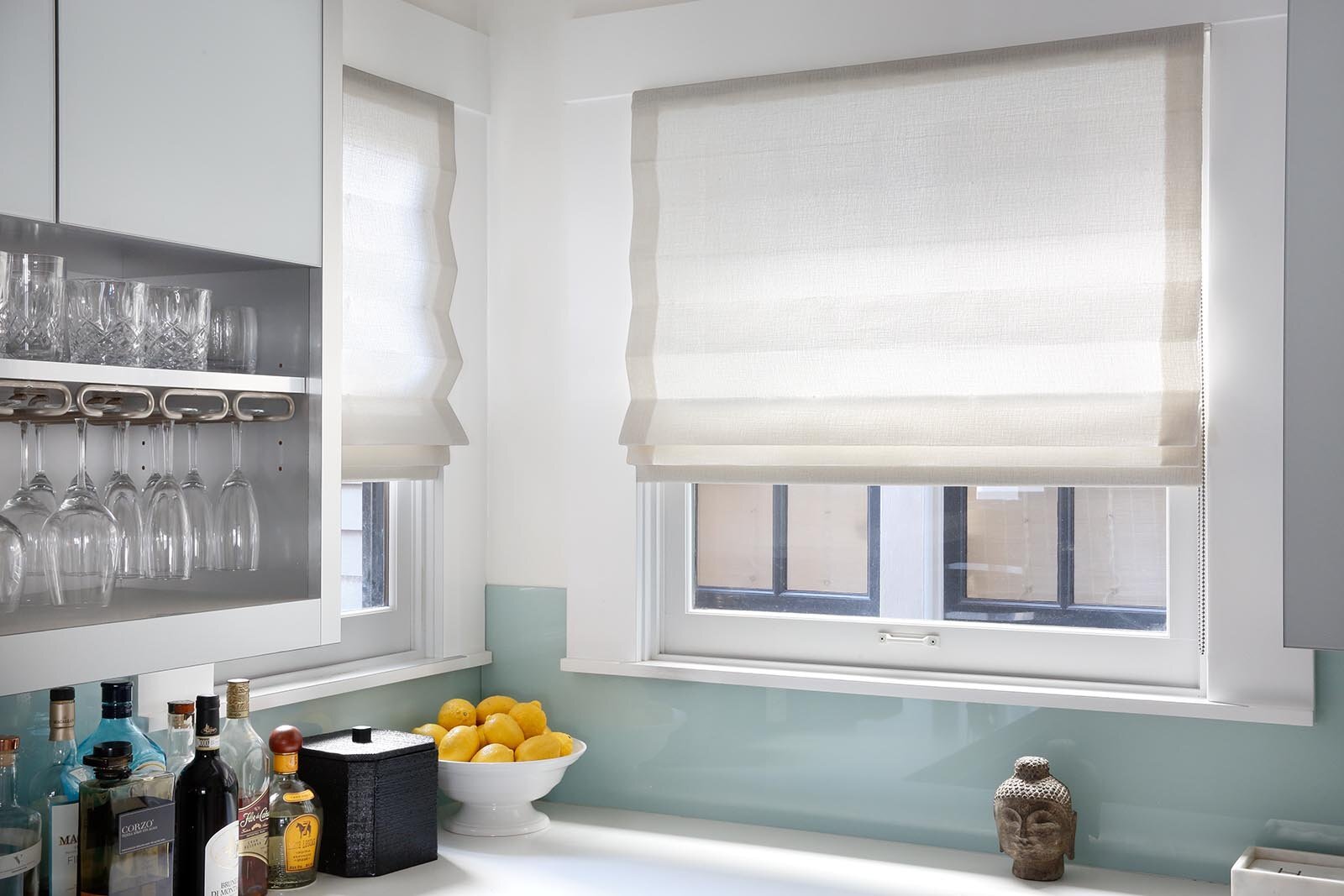Oakland Magazine features Arana Craftsman Painters: the article opens with Shannon
Bloemker meeting with the company after being subcontracted a staining and painting service as
part of the latter’s “eco-conscious renovation project.”
Oakland, CA – Arana Craftsman Painters receive a notable mention in Oakland
Magazine. The article entitled “The Test Of Time: Taking A Look At A Leed Platinum Home, 10
Years Later.” The article talks about how Shannon and Rob, after purchasing a Mid-Century
Modern style home, decided it needed work. Fortunately, she had a great deal of construction
and property management experience. Armed with a Master’s degree in Sustainability at
Harvard, she brought a few players onboard, one of which was Arana Craftsman Painters.
Arana Craftsman Painters worked with Shannon, bringing her vision to life, one painting task at
a time. The techniques used, according to the company, had to be eco-friendly and it had to be
durable. However, it was no ordinary paint job since the house has a great deal of wood, namely
cedar, which turns grey and bleeds, appearing as black streaks on the surface. Some homeowners
decide against coating the cedar, but Arana recommended that the cedar receive a clear coat
stain, essentially UV proofing it. The result is the beautiful red, and golden color cedar looks
excellent.
It was up to Arana Craftsman Painters to stain every wood panel! A lot of the paneling was also
new, and every one of the panels had to be stained, and the colors had to match precisely.
Painting and staining jobs are painstakingly challenging and require a high skill level. Shannon
implied that a job like that wouldn’t have been as easy as it was without Arana’s expertise.
“Working with Shannon was a once-in-a-lifetime experience. She had so much knowledge and
experience that we were able to exchange a lot of information when working on her home. I still
remember how challenging staining those wood panels were, and at times, it seemed that the
work would never end; however, the time we spent working on making sure everything was
perfect certainly paid off.” Said a representative for Arana Craftsman Painters.
She added, “We are very proud of the work our team did.”
About Arana Craftsman Painters
The company is on a mission to serve homeowners in the Bay Area by preserving structures that
offer sustenance and warmth to families. Arana Craftsman Painters aims to provide the finest
work at a fair price. In addition, the company backs all work they do with a satisfaction
guarantee.



